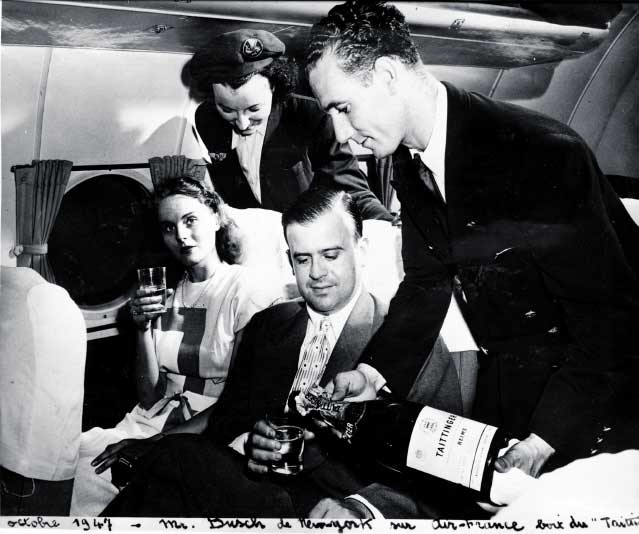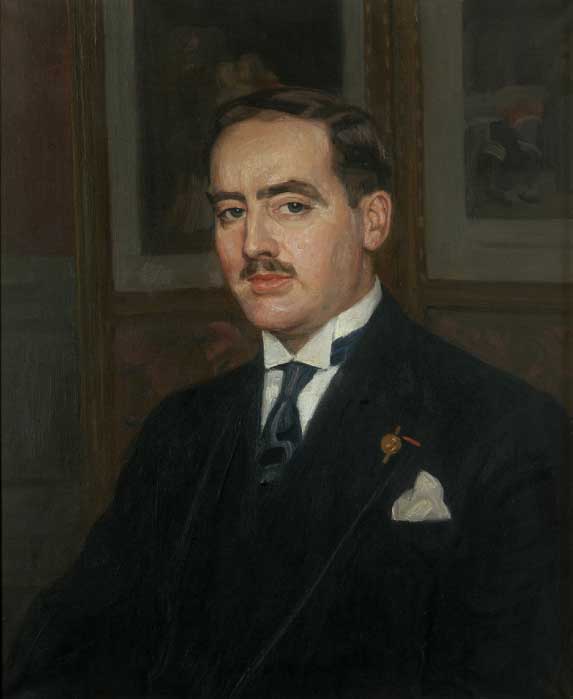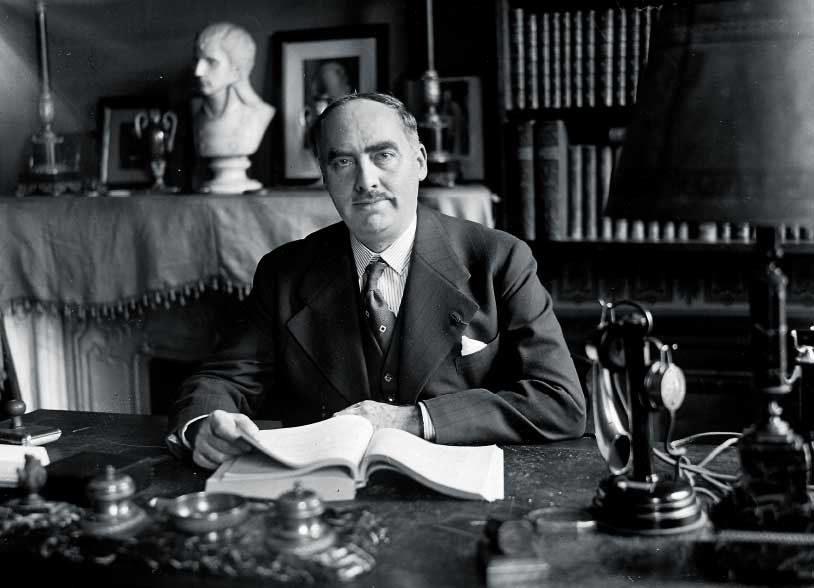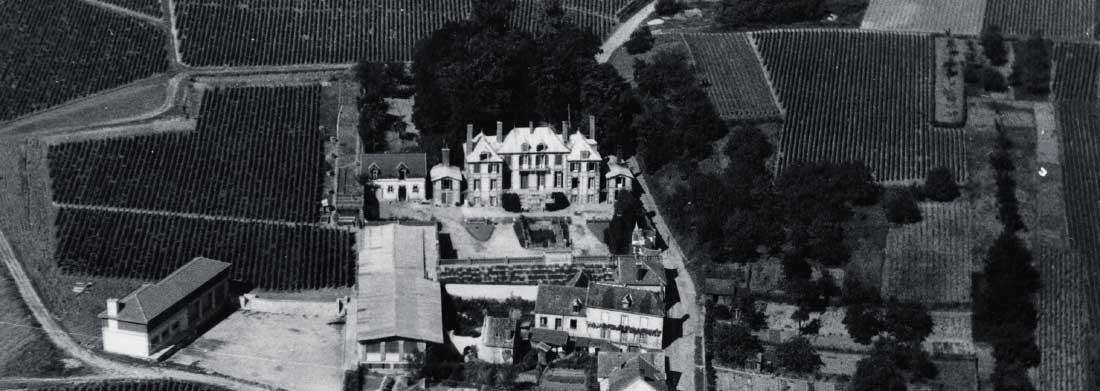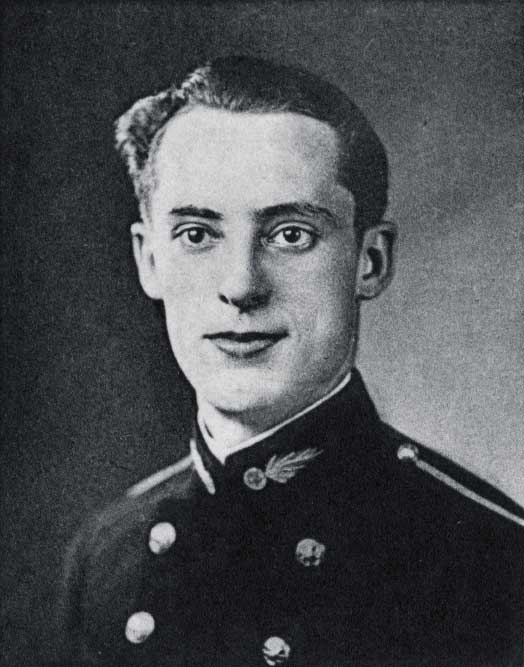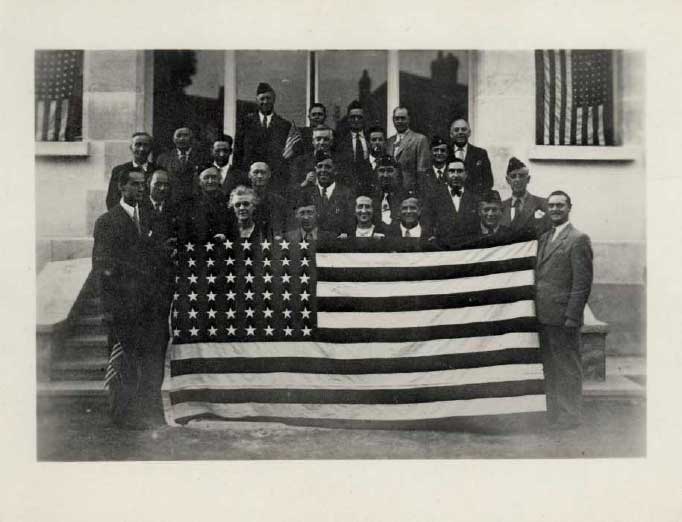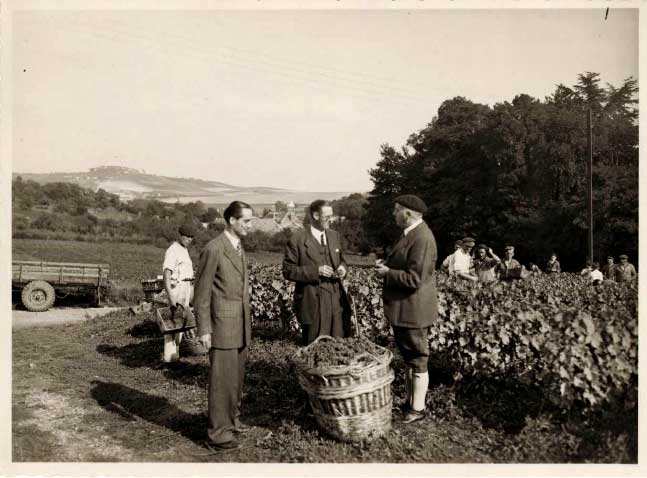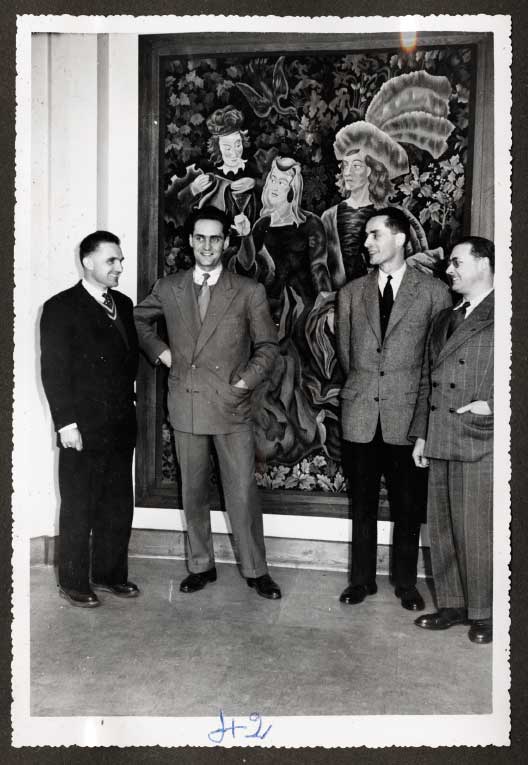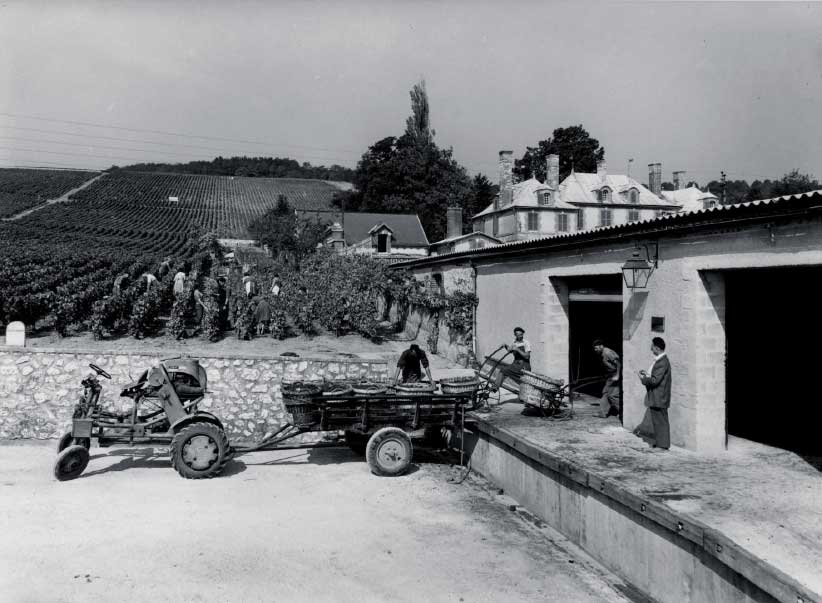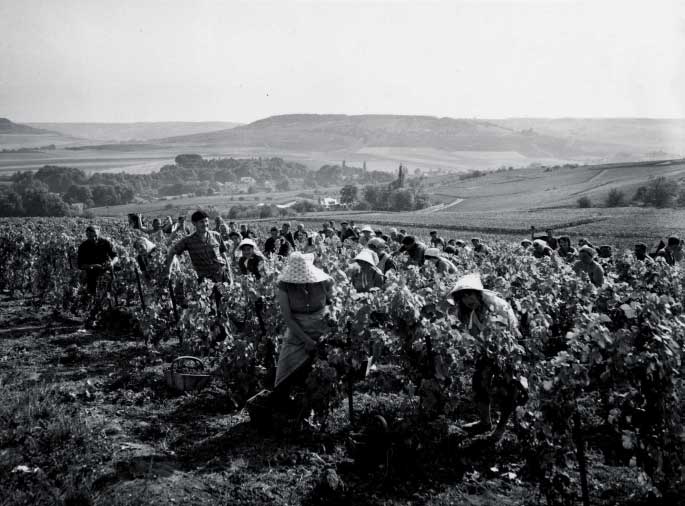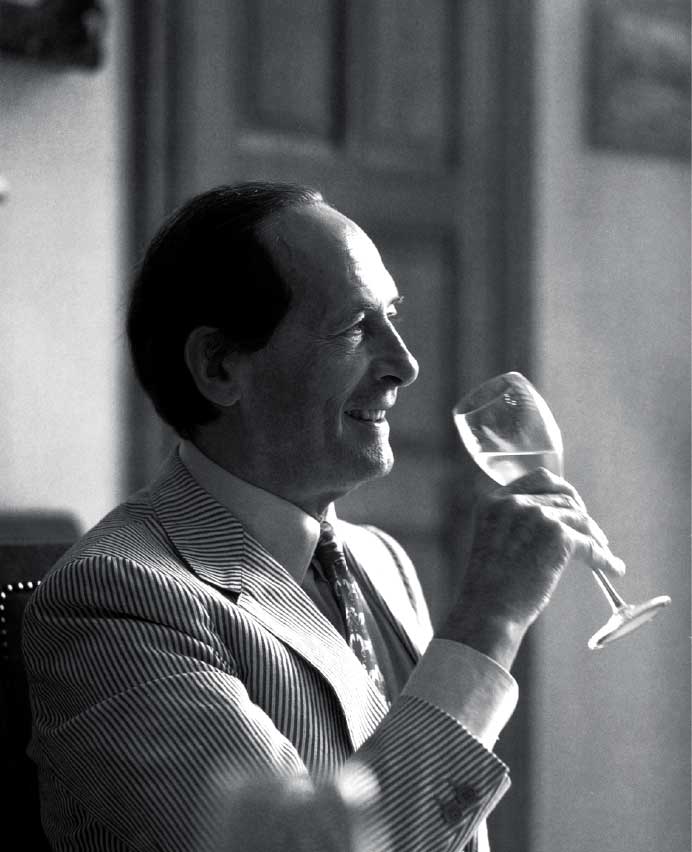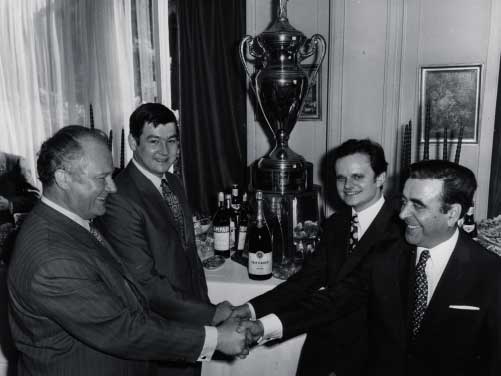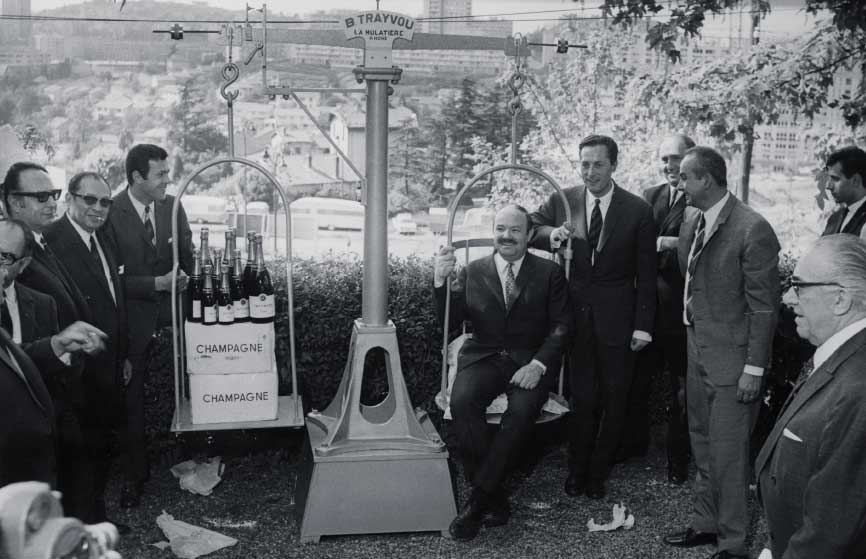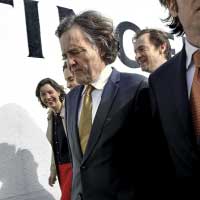A legacy
The destiny of a dynasty
The vitality and reach of the Taittinger brand is based on the values of those who embody it today. These values are inherited from those who created the Champagne House. Over three generations, a number of people have left their mark on the history, spirit and style of Taittinger and, beyond that, on the image of Champagne itself. Vision, inspiration, strategy, development and influence have all contributed to permanently shaping the destiny of the family and the reputation of the Champagne House.
